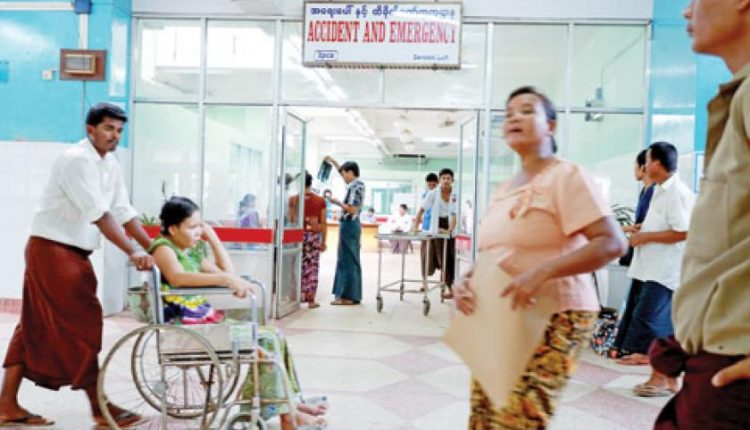
What happens to emergency patients transported to a Government hospital in Myanmar?
In Myanmar, the provision of emergency medicine in-hospital is at upheaval. There is a confusion with the policy and regulation that involves emergency patients, although there is already the Emergency Care and Treatment Law that has been enacted in the country.
Emergency Medicine is a branch of medicine concentrates on the understanding and skills for the prevention, diagnosis and management of acute illness and urgent injuries that affects patients of all age groups and medical conditions. Further, it covers an understanding of the advancement of pre-hospital and in-hospital emergency medical systems and the skills required for this improvement. But what about the emergency care and patient transportation rules in Myanmar?
Patient transportation in Myanmar: the role of emergency medicine
The role of emergency medicine, especially in medical institutions, is vital in saving lives. Acute medical care is involved with the efficient management of life-threatening illnesses and injuries. However, some countries such as those included in the third world developing cluster are unable to achieve the standard.
In Myanmar, the provision of emergency medicine in-hospital is at upheaval. There is a confusion with the policy and regulation that involves emergency medicine, although there is already the Emergency Care and Treatment Law that has been enacted in the country. The law covers both government-run and privately owned medical institutions where they are required to prioritize patients needing emergency care. Further, the law obliges private hospitals that when an emergency patient is admitted under their care, the institution must guarantee that the patient is stable prior to transfer in a public hospital.
Myanmar: the delays in medical attention for emergency patients
At present, private hospitals will put on hold treatment to an individual requiring emergency care unless a police report has been spotted. This practice delays medical attention and is a big factor in the medical structure’s failure to save lives. Also, there were reports that private hospitals are still unwilling to admit patients involved in police matters for the reason that they are cautious to not be involved as a witness in the future.
An actual incident that happened to a tourist who was violently attacked by a group has experienced the effect of hold overtreatment in the country, even though emergency care was very much needed. The victim was admitted in Yangon General Hospital and has left the hospital due to poor quality of treatment being served thereof. He was admitted to a private hospital after being rejected by two. Clearly, there is a dilemma regarding the struggle of being treated in a private facility.
What do the Emergency Care and Treatment Law say about emergency patients in Myanmar
The Emergency Care and Treatment Law aims to provide a standardized practice where private hospitals should reverse the present practice. The law obliges all individual to participate in the treatment of a trauma case – for example, a passer-by is required to take the victim into a hospital. Anyone who fails to follow the law is bounded of a US$100 and a punishment of 1-year imprisonment.
It is hoped that the enforcement of the legal provision will mitigate the worry of every individual and that the transfer of emergency patients to public and private hospitals should run smoothly. The government calls for the cooperation of the general public with the decree in order for it to become a routine.
Reference
READ ALSO
Pioneering Patient Transport Vehicle Joins Yorkshire Ambulance Service
EMS Asia 2018 Event Registration – One of the most important event on emergency medicine in Asia
Myanmar’s initiative to introduce Emergency Ambulance Services


